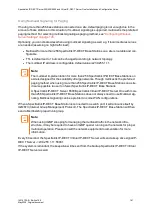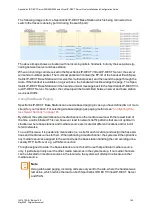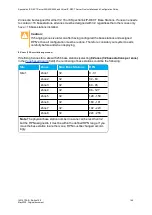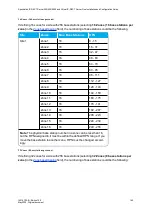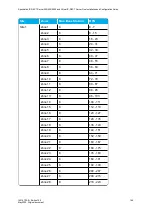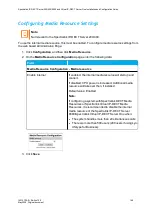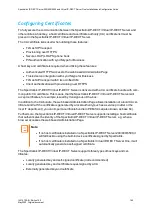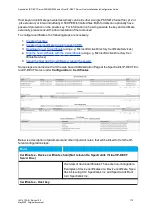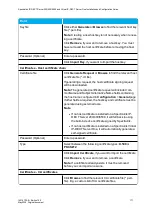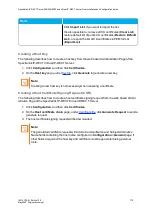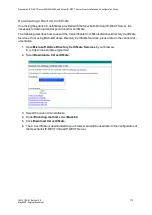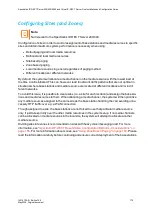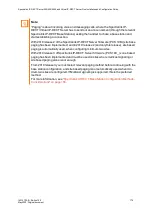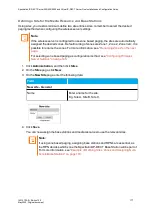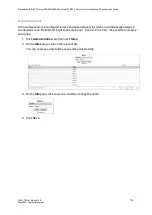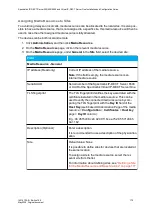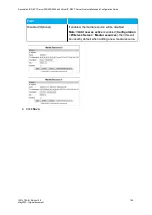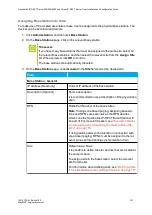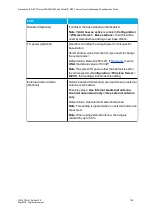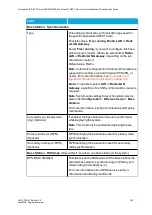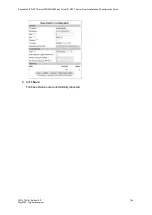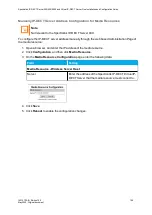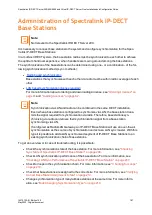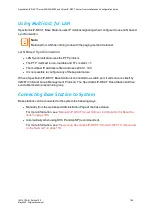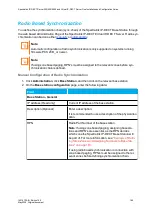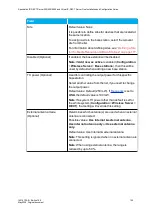
14215700-IG, Edition 15.0
May 2020, Original document
175
Configuring Sites (and Zones)
Note:
Not relevant to the Spectralink IP-DECT Server 200/400.
Configuration of sites in order to control assignment of base stations and media resources to specific
sites and obtain maximum system performance is necessary when using:
l
Default paging and local media resources
l
Multicast and local media resources
l
Site based paging
l
Zone based paging
l
Local media resources in general regardless of paging method
l
Different locations or different networks
By default, the system will allocate a media channel on the media resource with the lowest load at
the time a call is initiated. This can, however, lead to network traffic patterns that are not optimal in
situations where base stations and media resource are located at different locations and/or in dif-
ferent networks.
To avoid this issue, it is possible to create sites (i.e. a site for each location) and assign the base sta-
tions and media resources to them. When allocating a media channel, the system will then prioritize
any media resources assigned to the same site as the base station handling the call, avoiding unne-
cessary RTP traffic over e.g. a WAN connection.
Though assigned to a site, the base stations are not forced to use that particular media resource
only, it just takes priority over the other media resources in the system setup. If no media channels
can be allocated on media resources in the local site, the system will attempt to allocate another
media resource.
Dividing sites into zones is recommended on sites with heavy voice/messaging load. For more
information, see
"Spectralink IP-DECT Base Station Configuration Methods - Considerations" on
. For more information about zones, see
"Using Zone Based Paging" on page 163
. Please
read the information carefully before continuing and ensure correct deployment of the base stations.
Spectralink IP-DECT Server 200/400/6500 and Virtual IP-DECT Server One Installation and Configuration Guide

